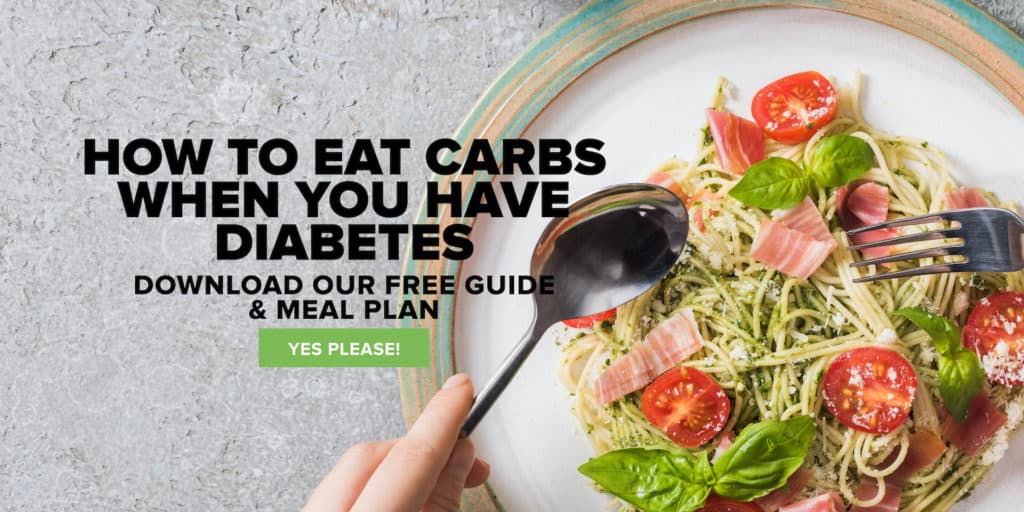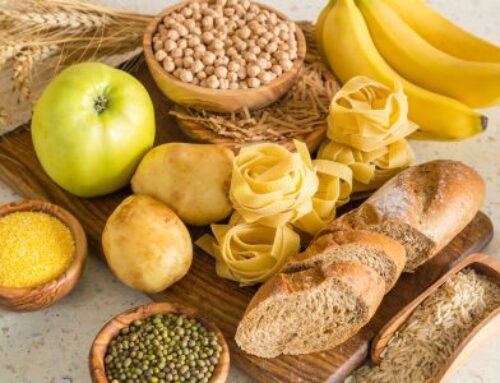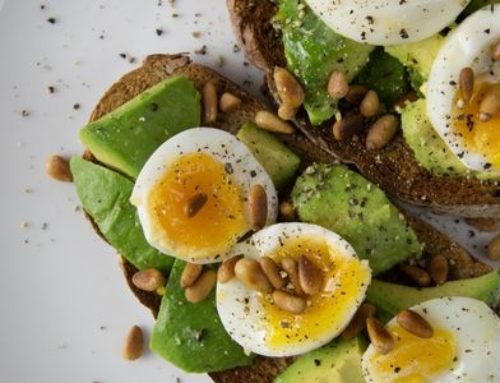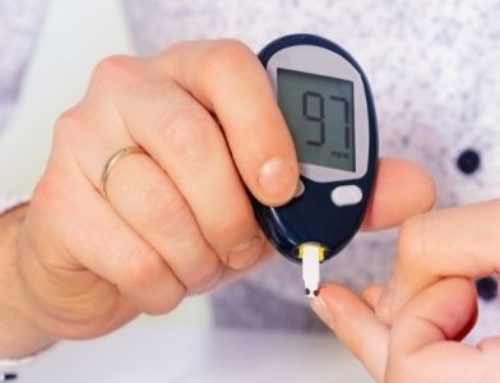
You’re mid-way through your pregnancy and your doctor has scheduled a routine test for gestational diabetes. You’re feeling pretty confident as you drink that awful sugary sweet test drink. Why shouldn’t you be? Diabetes doesn’t run in your family, you’ve never been obese and you feel like you eat fairly healthy. You’re totally going to ace this!
And then the test results come back – you’ve got gestational diabetes. You feel shocked. Disbelieving even. HOW CAN THIS BE?!?
The answer is two words: pregnancy hormones.
Ahhh, the notorious pregnancy hormones – not only are they the culprits for unforgiving nausea and emotional rollercoasters; they also cause insulin resistance. This means your body needs more insulin than usual to manage your blood sugar levels. Usually the body produces more insulin to counter this, but in some women this doesn’t happen – that’s when they get diagnosed with gestational diabetes.
The good news is that once the baby is born gestational diabetes usually resolves itself after the pesky pregnancy hormones drop. Until then, the diabetes will need to be managed by a combination of smarter food choices, physical activity and (in some cases) insulin.
Here are 3 things you can do to get on top of your gestational diabetes:
-
Spread the carbs out
Whilst it may be tempting to completely cut carbohydrates from your diet; the reality is, the energy and nutrient demands of your body as well as the growing baby, make it a necessity to continue having carbohydrate foods to fuel the pregnancy. Your body can still process carbohydrates, it just struggles to cope with large amounts of it in one sitting.
The solution? Watch your carbohydrate portions at each meal; and spread it out over the day.
Here are some recipes which contain a moderate amount of carbohydrates, with the added bonus of the carbs being high in fibre and low GI!
-
Avoid carbohydrate-dense processed foods
Foods such as dried fruit, fruit juice, sugary soft drinks, cordials, as well as ‘junk foods’ such as lollies and confectionery contain large amounts of carbohydrates (including sugar) in concentrated serves. This makes it very easy to consume too much carbohydrate in one sitting, resulting in high blood sugar levels.
Did you know a 35g snack box of sultanas has the same amount of carbohydrates as 2 slices of bread?
-
Keep moving
Keeping your body active is one of the key ways to battle insulin resistance! Yet it is also one of the major struggles during pregnancy. Instead of aiming to do one very long walk a day, consider shorter walks more frequently during the day. Take more trips to get the clothes from the laundry or walk around the lounge during commercial breaks.
The goal is to minimize sedentary or “sitting” time.
Resistance training is one type of physical activity which is particularly beneficial for reducing insulin resistance. It’s important that you speak to a qualified professional such as a physiotherapist or exercise physiologist for exercise prescription to prevent injuries if you plan on lifting something heavy. Physiotherapists and exercise physiologists can also be helpful if you suffer from joint or ligament pain which is stopping you from being able to keep active during pregnancy.
Whilst it’s okay to have a small celebratory feast on the cakes, chocolates and other foods that you have so selflessly sacrificed after the gestational diabetes has resolved, it’s important to continue healthy eating patterns in the long-term. This is because your risk of developing Type 2 diabetes is now higher due to your history of having gestational diabetes.
Been diagnosed with gestational diabetes or concerned with minimising your risk? Come and see one of our experienced dietitians who can help you come up with a realistic, individual plan to manage your blood sugar levels.




